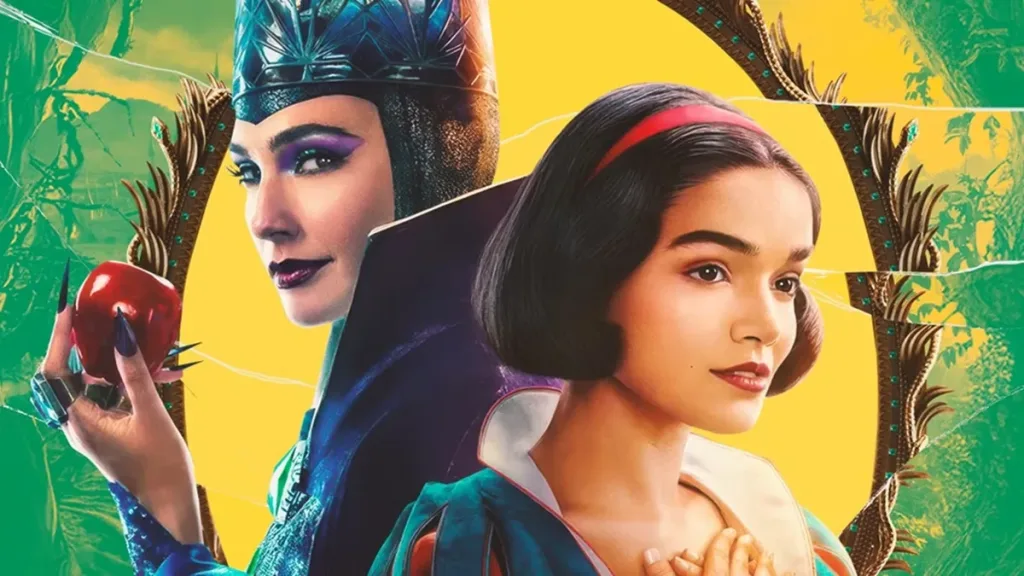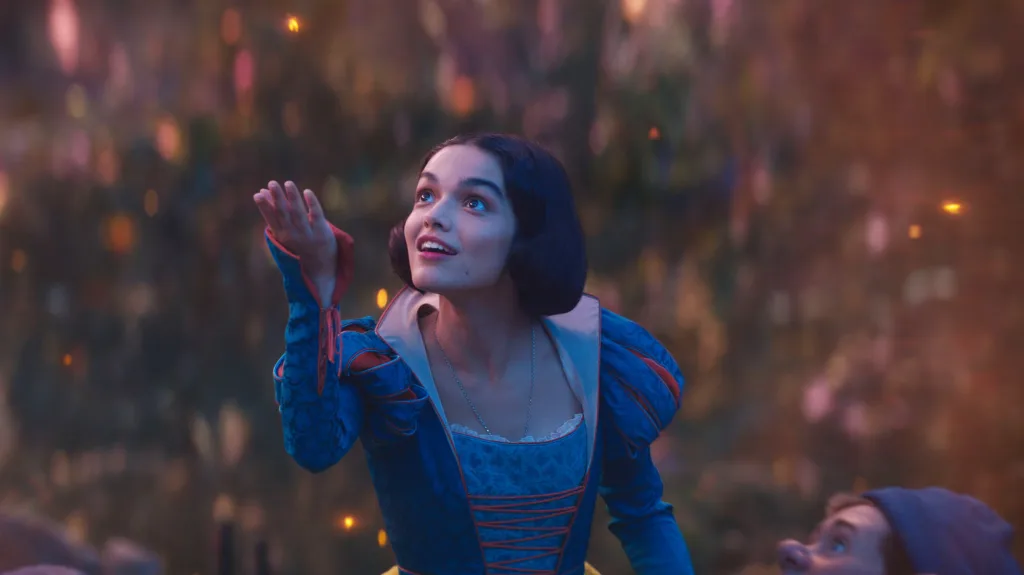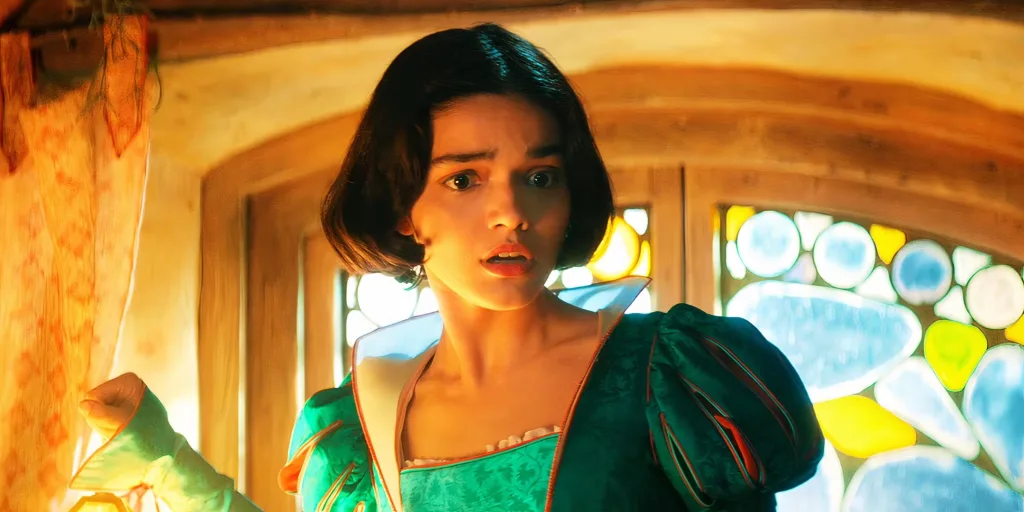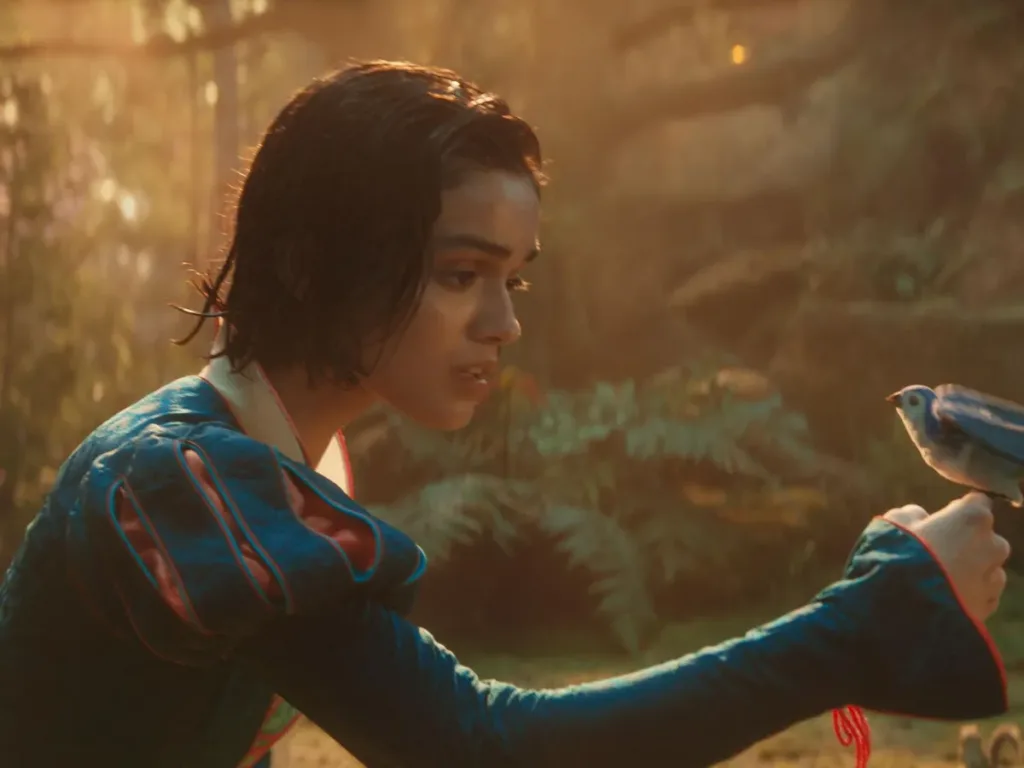The highly anticipated and controversial live-action adaptation of Disney’s beloved Snow White fairy tale is making its transition from theaters to streaming platforms, marking a significant moment in the ongoing evolution of Disney’s live-action remakes. Starring Rachel Zegler as the iconic princess and Gal Gadot as the menacing Evil Queen, this modern retelling of the classic story has been one of the most talked-about Disney productions in recent years, generating both excitement and debate among audiences worldwide.
The film’s journey from production to theatrical release has been marked by numerous controversies, creative decisions that sparked public discourse, and box office performance that fell short of the studio’s ambitious expectations despite its massive production budget. With a staggering investment of 240-270 million USD, Snow White represents one of Disney’s most expensive live-action ventures, making its performance both critically and commercially significant for the studio’s future approach to beloved animated classics.
The upcoming OTT release provides an opportunity for audiences who missed the theatrical experience to form their own opinions about this polarizing adaptation, while also offering Disney a chance to recoup some of its substantial investment through streaming revenue. As the film prepares for its digital debut, it carries with it the weight of expectations, controversies, and the enduring appeal of a story that has captivated audiences for generations across multiple mediums and interpretations.
Table of Contents
Snow White Disney+ Streaming Release Date and Platform Availability
The digital streaming release of Snow White has been officially confirmed for June 11, 2025, bringing Rachel Zegler and Gal Gadot’s fairy tale adaptation directly to viewers’ homes through Disney’s primary streaming platform. Disney+ will serve as the exclusive home for the film in most international markets, following the studio’s established pattern of releasing their theatrical productions on their proprietary streaming service after the theatrical window concludes. This strategic timing allows the film to maintain its theatrical exclusivity for an appropriate period while ensuring that streaming audiences don’t have to wait excessively long to experience the controversial adaptation.

For Indian audiences, the film will be available through JioHotstar, which serves as Disney+’s localized streaming partner in the region. This dual-platform approach ensures that Snow White reaches the maximum possible audience across different geographical markets, potentially helping Disney recoup some of the substantial financial investment that went into the film’s production. The choice to release on JioHotstar specifically caters to the Indian market’s streaming preferences and pricing expectations, making the film accessible to a broader demographic that might not otherwise subscribe to international streaming services.
The June 11 release date positions Snow White strategically within the summer streaming landscape, when audiences are actively seeking new content for home entertainment. This timing also allows the film to benefit from any positive word-of-mouth that may have developed since its theatrical release, while giving Disney the opportunity to leverage their streaming platforms to demonstrate the value of their subscription services. The simultaneous release across multiple platforms reflects the modern entertainment industry’s understanding that different markets require different approaches to content distribution and audience engagement.
Box Office Performance and Production Budget Analysis
Snow White’s theatrical performance presents a complex narrative of ambitious expectations meeting challenging market realities, particularly when viewed against its unprecedented production budget of 240-270 million USD. This massive financial investment placed enormous pressure on the film to perform at blockbuster levels, requiring not just domestic success but significant international box office returns to justify the studio’s confidence in the project. The film’s actual box office performance, described as “decent” rather than spectacular, suggests that while it may have found its audience, it likely fell short of the financial benchmarks necessary to be considered a complete commercial success.

The substantial budget figure includes not only the typical costs associated with star salaries, production design, and marketing, but also the extensive CGI work required to create the film’s fantasy elements. Disney’s decision to use computer-generated imagery for the seven dwarfs, rather than employing actors with dwarfism as in previous adaptations, contributed significantly to the production costs while simultaneously generating controversy among audiences and advocacy groups. This creative choice, while perhaps intended to avoid potential casting controversies, ultimately created different problems that may have impacted the film’s reception and commercial performance.
The financial underperformance of Snow White carries implications beyond this single film, potentially influencing Disney’s approach to future live-action adaptations of their animated classics. The studio’s strategy of investing heavily in these remakes depends on their ability to generate substantial returns that justify the enormous production costs. When a film with Snow White’s budget fails to meet expectations, it forces the studio to reconsider not only the financial models they use for such projects but also the creative decisions that drive up costs without necessarily improving audience reception or commercial appeal.

Creative Controversies and Audience Reception Challenges
The production and release of Snow White have been accompanied by a series of creative decisions and public controversies that significantly impacted audience perception and commercial performance. The most prominent criticism centered around Disney’s choice to replace the traditional seven dwarfs with CGI-generated characters, a decision that was intended to avoid potential issues around representation but instead created new problems related to authenticity and the uncanny valley effect that can occur with computer-generated characters. This choice struck many viewers as unnecessary and potentially detrimental to the film’s overall charm and believability.
Additionally, the film’s costume design came under scrutiny from both critics and audiences, with many pointing to what they perceived as a lack of authenticity or visual appeal in the way characters were dressed and presented. These design choices, while perhaps reflecting modern sensibilities or creative interpretations, failed to resonate with audiences who had specific expectations about how these beloved characters should appear on screen. The disconnect between creative vision and audience expectations became a recurring theme in discussions about the film’s reception.
Rachel Zegler’s public comments about her interpretation of the princess character and the story’s themes also contributed to the controversy surrounding the film. While actors often discuss their roles and creative interpretations during promotional campaigns, some of Zegler’s statements were perceived by certain audience segments as dismissive of the original story’s values or themes. This public relations challenge demonstrates how modern film marketing requires careful navigation of diverse audience expectations and sensitivities, particularly when dealing with beloved cultural properties that hold different meanings for different generations of viewers.

Cast Performance and Modern Adaptation Elements
Rachel Zegler’s casting as Snow White brought both excitement and scrutiny to the project, as the young actress carried the responsibility of reimagining one of Disney’s most iconic characters for contemporary audiences. Zegler, known for her breakthrough performance in Steven Spielberg’s West Side Story remake, brought her considerable vocal talents and dramatic abilities to the role, attempting to balance respect for the original character with modern sensibilities and interpretations. Her performance required navigating the delicate balance between honoring the classic Disney princess archetype while also presenting a version of Snow White that would resonate with today’s audiences and their evolved expectations for female characters in cinema.
Gal Gadot’s portrayal of the Evil Queen represented another significant casting choice that generated considerable discussion among fans and critics. The Wonder Woman star brought her own interpretation to the villainous role, attempting to create a version of the Evil Queen that would be both menacing and complex enough to justify the film’s substantial runtime and dramatic ambitions. Gadot’s performance needed to establish the character as a credible threat while also providing the emotional depth that modern audiences expect from antagonists in major studio productions.
The supporting cast, including Andrew Burnup, Martin Klebba, Andrew Barth Feldman, and Ansu Kabia, worked to create a believable world around the central conflict between Snow White and the Evil Queen. Their performances were particularly crucial given the film’s decision to blend practical acting with CGI elements, requiring them to interact convincingly with both digital and physical elements throughout the production. The success of these performances in creating an immersive fairy tale world would ultimately contribute to audience acceptance or rejection of the film’s overall creative vision.
Avika Gor Engagement: Balika Vadhu Star Says Yes to Longtime Love Milind Chandwani
Frequently Asked Questions
Q1: When and where can I watch Snow White online?
Snow White will be available for streaming on Disney+ starting June 11, 2025. Indian viewers can watch the film on JioHotstar, which serves as Disney+’s streaming partner in the region. The film will be exclusively available on these platforms following its theatrical release, allowing subscribers to watch Rachel Zegler and Gal Gadot’s live-action adaptation from the comfort of their homes.
Q2: Why did Snow White underperform at the box office despite its massive budget?
Snow White’s box office underperformance can be attributed to several factors, including its enormous production budget of 240-270 million USD, controversial creative decisions like using CGI for the seven dwarfs instead of human actors, criticism of the costume design, and public controversies surrounding Rachel Zegler’s comments about the character. These issues combined to create audience resistance that prevented the film from achieving the blockbuster success necessary to justify its massive investment.








